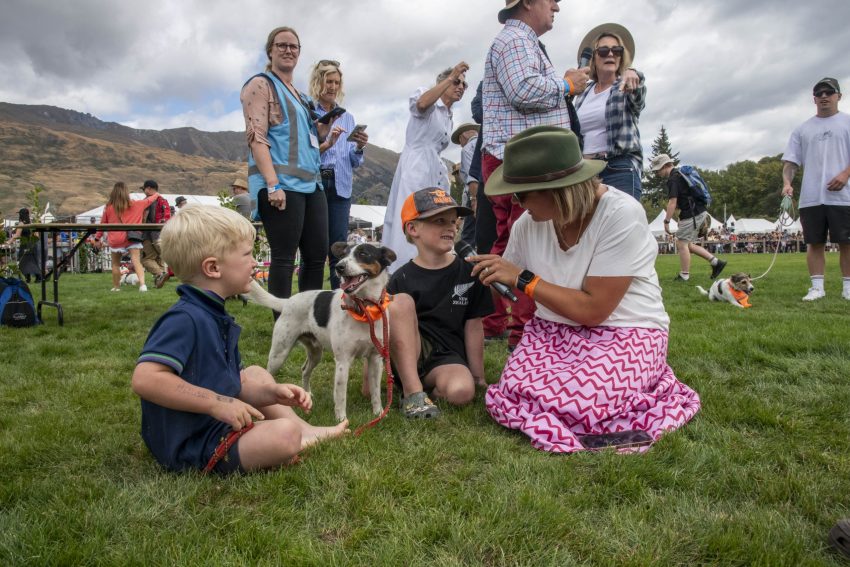A Canadian canoe proves ideal for hunters to access a difficult spot, but a rising river sees caution prevail. Peter Snowden writes.
We had hunted together countless times but this late autumn adventure began differently to most – via canoe.
The canoe was to enable access to land otherwise protected by a deep river. It would cut about three hours’ walk from the hunt – more time hunting! After the canoe was dragged to the river’s edge I happened to ask Geoff – when was the last time you used a Canadian canoe? His reply was never. My last experience was 25 years ago. The water looked cold and swift.
Finally, we settled on a launching spot and more importantly targeted a landing site, a small shingle beach 70 metres away. We donned life jackets and crossed without a hitch. The vessel was dragged under trees and secured. We were off, moving quickly along river terraces and skirting swampy patches with a chilly westerly at our backs.
Our plan was to hunt above a promising looking creek about an hour downstream. We had successfully hunted the vicinity before but never ventured into this creek. We were hopeful of filling the freezer.
Twenty minutes from the canoe we began glassing. The faces and spurs were heavy with browns and tans of tussock and scrub. Occasional patches of stunted green flax completed the picture. Movement!
High above us we glassed a dark pig. Another appeared followed by a third feeding among tussock and flax. Excitedly we moved downstream and climbed a gully planning to come out above and downwind of the pigs.
Half an hour later we were looking down on two boars and a sow. It was hard to get two clear targets simultaneously as they moved in and out of cover. Using a high tussock as a rest I nailed a grey boar and it rolled downhill.
It was hard to tell how many more emerged from the tussock, but they included at least two sows and several young ones scattering in all directions. The big dark boar left the scene in a hurry, but Geoff took one of the sows.
So, we were on the board early. The pork was duly butchered and hung by the river for collection on our way back to the canoe.
Downstream we climbed about 300m and spent hours working our way through gullies holding good grass and briar with fresh deer sign in increasing evidence.
Working these gullies required skilful navigation of the briar, frequent pauses and lots of looking. The more you look the more you see. While resting and glassing on an open ridge we spotted an unusually large spiker, and a yearling about 250m away and below us. They were moving downhill through patchy cover toward a creek. We closed the distance to about 150m but lost sight of them as they entered scrub close to the creek edge.
Moments later they reappeared. It wasn’t an ideal location for a shot. But using my knees as a rest on the steep slope, I shot the yearling which collapsed into the water. The spiker moved upstream with Geoff in hot pursuit. He shot it as it moved out of scrub 80m away.
With pork to collect we took the meat we could carry with the intention of returning for the remainder the following day.
Our ferry was awaiting. We picked up the pork, reached the vessel, stowed packs and rifles and launched. Landing the canoe was tricky with few spots other than shingle banks in sight.
The following day, heavy overnight rain had turned the river into a dirty growling mess just too dangerous for inexperienced canoeists to cross. Fergusson and MacDonald (not!) decided it prudent to walk the extra hours to retrieve the meat and be around to hunt another day!




